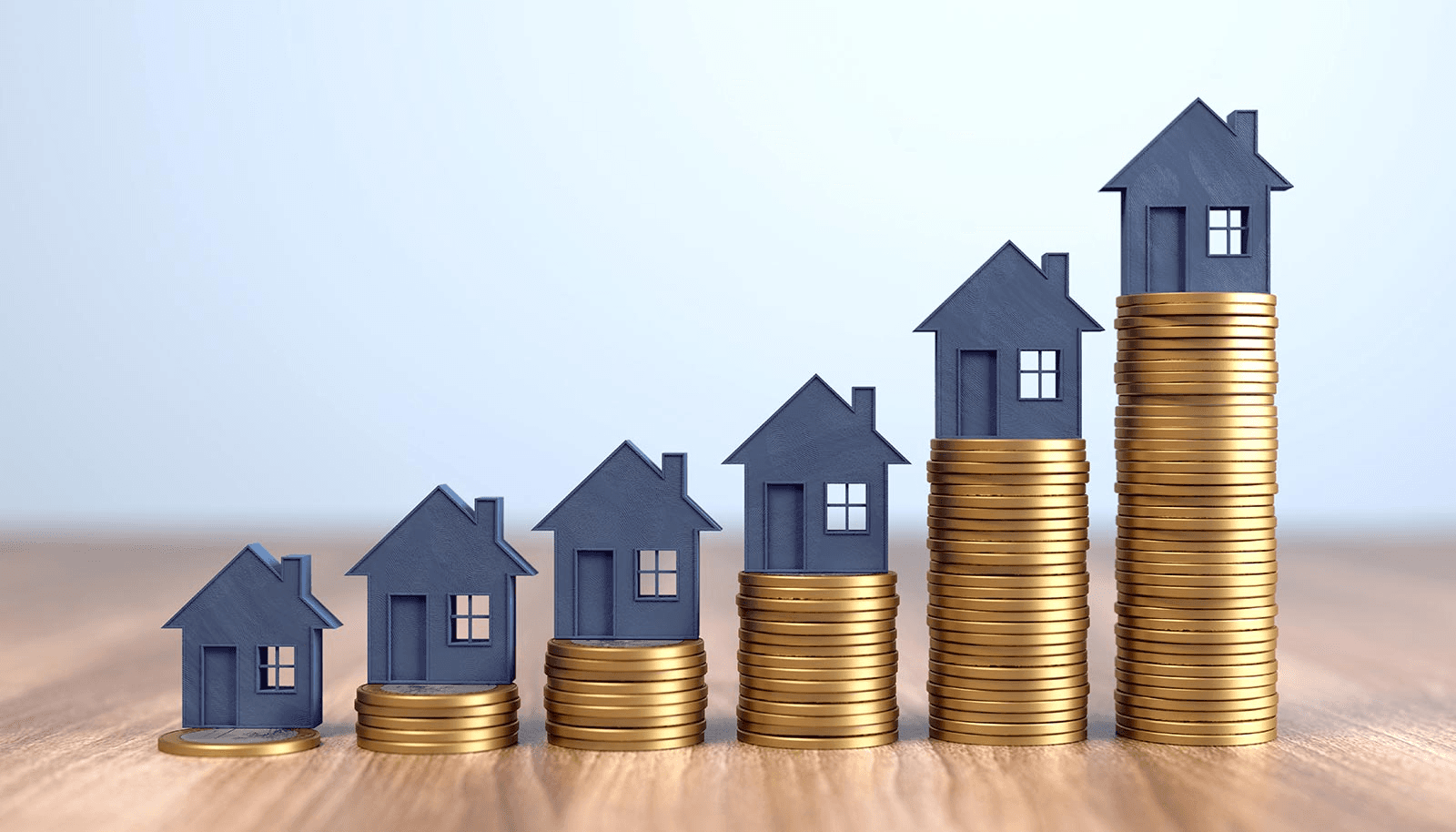

Real estate investing can sometimes feel like a math puzzle. Between interest rates, property values, and cash flow, the numbers can get overwhelming.
However, there’s one number that every investor keeps a close eye on: the capitalization rate, also known as the cap rate.
It’s one of the simplest ways to gauge how much income a property generates compared to what it costs. So, what exactly is a cap rate, how do you calculate it, and why does it matter so much in 2025? Let’s break it down.
The cap rate is a quick way to estimate the return on a real estate investment.
Formula:
Cap Rate = Net Operating Income (NOI) ÷ Property Price
NOI is what’s left after subtracting all expenses from rental income, things like property taxes, insurance, maintenance, and management fees.
Example:
If you buy a property for $250,000 and it generates $15,000 in NOI per year:
$15,000 ÷ $250,000 = 6% cap rate
That means, in theory, you’d earn back 6% of your investment annually.
👉 Keep in mind: Cap rates don’t include mortgage payments or financing. They’re meant to give a quick snapshot of a property’s earning power.
Cap rates are most useful for comparing rental and commercial properties side by side. They help answer:
They’re less useful for flips, land, or speculative projects where future value is more important than current income.
There isn’t one magic number. A “good” cap rate depends on your goals, your market, and your risk tolerance.
In short, a good cap rate fits your strategy. If you want steady passive income, lean higher. If you want stability and growth, lower may be fine.
Cap rates don’t exist in a bubble. They shift with:
Cap rate often gets confused with other metrics, but they’re different:
That’s why many investors start with cap rates before diving deeper into ROI and cash flow analysis.
With interest rates still elevated and affordability stretched thin, cap rates are more valuable than ever.
For beginners, they provide a quick gut-check on whether a deal makes sense. For seasoned investors, they allow efficient comparison across markets and property types.
But remember, cap rates are just the starting point. Always pair them with full cash flow analysis, market research, and a clear understanding of your own risk tolerance.
The cap rate is one of the most trusted tools in real estate investing. It’s quick, simple, and helps investors balance return with risk.
It won’t tell you everything, but it’s a powerful filter to help you avoid bad deals and focus on the right ones.
At W3Assets, we do the heavy lifting for you. Every property we select is vetted with cap rates, NOI, and long-term appreciation in mind. You don’t need to crunch numbers or stress over calculations; you simply buy your share, collect quarterly income, and watch your portfolio grow.
That’s how we make real estate simple, accessible, and built for the future. 🌍✨